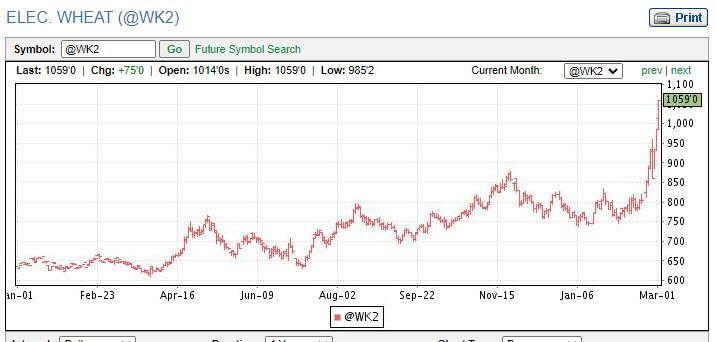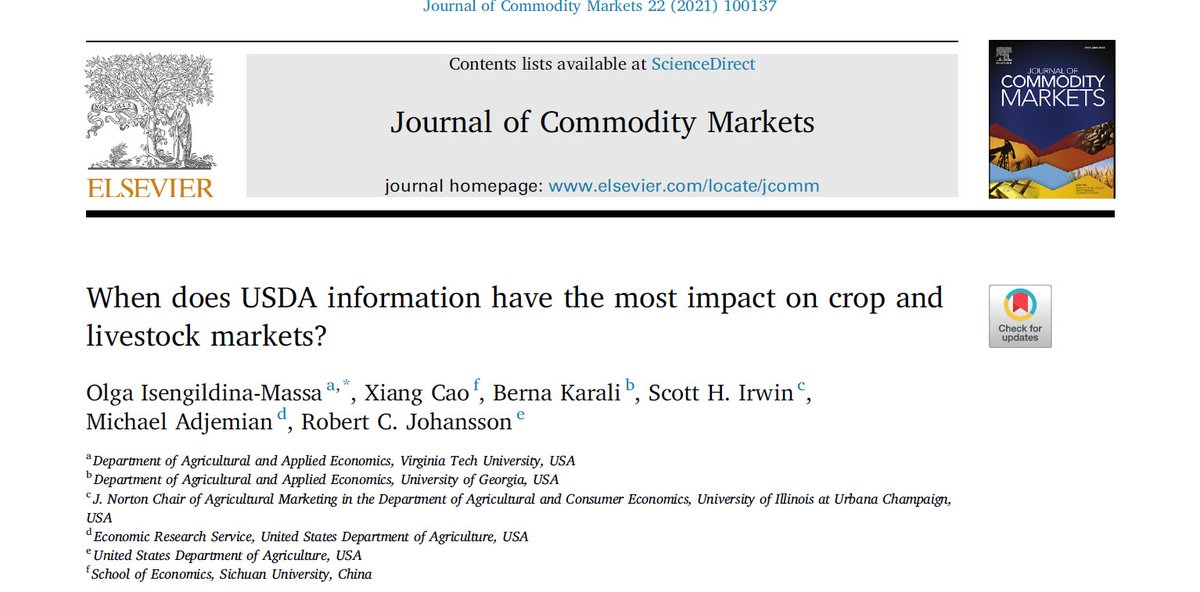
1. Seeing more and more calls to waive RFS mandates as a way to address food supply problems. Turns out we already conducted a huge experiment to see how this would work out. It was called small refinery exemptions (SREs). Collectively, the SREs functioned as an RFS waiver.
2. The main target of the calls to waive RFS mandates is ethanol. New front in the #RFSwars. I only need one chart to prove that waiving RFS conventional ethanol mandate will not reduce ethanol use more than a minimal amount.
3. Here is the chart. Monthly implied blend rate for ethanol in US gasoline. SREs waived billions of gallons of ethanol mandate between 2017-2020, but notice literally no change in the trajectory of the ethanol blend rate. Hmmm. 

4. The only significant drop in the blend rate was in spring 2020 at start of COVID pandemic. That has nothing to do with RFS policy. 

5. Why was ethanol use resilient to SRE waivers? Simple. Its a cost competitive source of octane in gasoline blends. This more than offsets its lower energy content. If you want all the gory details check out my FDD article here farmdocdaily.illinois.edu/2018/12/more-o…
6. What I just said about ethanol and SRE waivers is most definitely not true for biomass-based diesel (FAME biodiesel and renewable diesel). Donuts vs. diesel has some legs on the RFS. See this FDD farmdocdaily.illinois.edu/2019/03/small-…
7. Irony alert. I was absolutely hammered by the ethanol industry when I made the case that SRE waivers did not destroy a substantial amount of ethanol demand. Now that same argument is coming in real handy. Funny that.
8. Think I need to update the data and analysis from my SRE articles. Add that to the list.
• • •
Missing some Tweet in this thread? You can try to
force a refresh









